You can also read this news on COINTURK NEWS: Bitcoin Network Metrics Shift Amid Rising Interest in Ordinals
Last year witnessed some developments that caused interesting changes in Bitcoin network metrics, while some metrics lost their significance. The thing that carried the network activity metrics to bull market levels in the midst of a bear market was the increasing ordinal activities on the Bitcoin network. These “things,” considered spam by some and an innovation by others, were most recently addressed by the authorities at OKX.
High Interest in Ordinals
On December 18th, OKX’s NFT marketplace surpassed others in daily transaction volume as investors showed more interest in Bitcoin-based NFTs. As discussions about Bitcoin-based NFTs grew, the exchange announced it would increase its efforts in this area.
On January 29th, OKX, which added Atomicals and Runes to its NFT marketplace, anticipates growing interest in this field. It was also announced that support for different versions of ordinals on networks like Dogecoin (e.g., Doginals for DOGE) would be coming soon.
In addition to the NFT Marketplace, OKX will also support Atomicals, Stamps, Runes, and Doginals token standards for its Web3 wallet.
Are Ordinals Spam?
Some say these standards, which cause network congestion and increase transaction fees without providing benefit, have turned into spam. Jason Lau, OKX’s Chief Innovation Officer, disagrees. An expert who says there’s no such thing as spam in open and permissionless networks like Bitcoin argues that as long as fees are paid and consensus rules are followed, there is nothing wrong.
“OKX has historically been a strong supporter of the Bitcoin ecosystem and has been one of the earliest supporters of upgrades like SegWit, Taproot, and Lightning, and Ordinals are no different.”
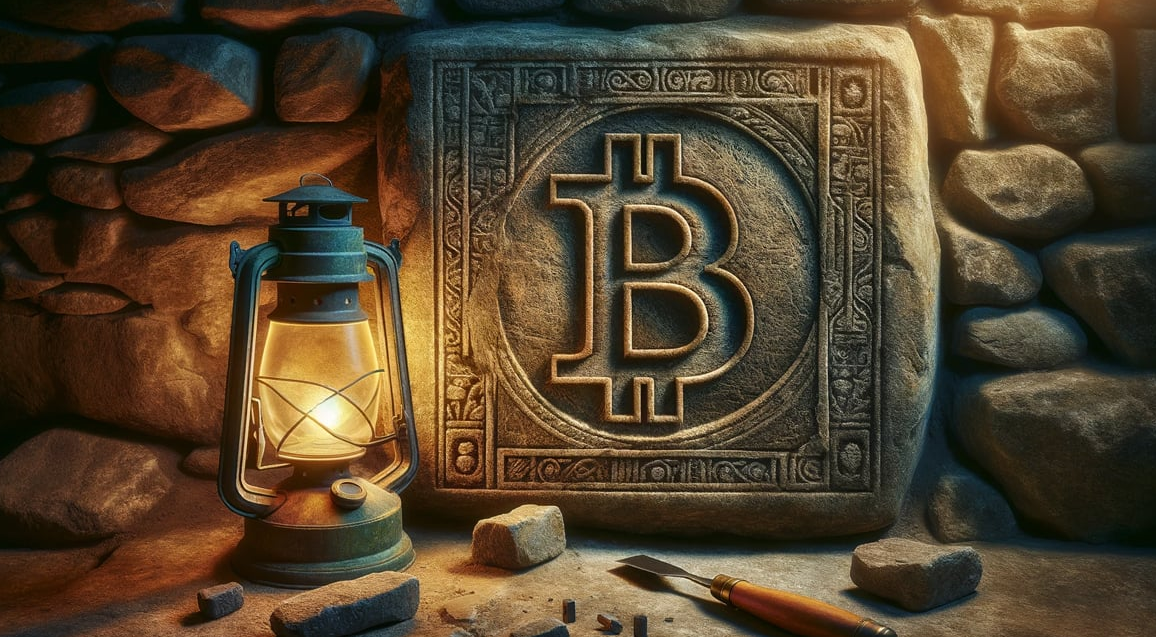
Moreover, these new standards have the potential to open up new use cases. There have been many stories written about NFTs, and we have started to see fewer real-life examples. However, just because there isn’t enough demand today doesn’t mean it will be the same in the future.
“Inscriptions have the potential to be strong digital collections because they store data and art on the network and allow for the creation of new types of NFTs.”
On December 19th, about half a dozen blockchains including Arbitrum, Avalanche, Cronos, zkSync, and The Open Network experienced partial outages due to the new standard but were able to resume operations. The standard increases the intensity of data space occupied on the network.


 DogeHome
DogeHome Cryptopolitan
Cryptopolitan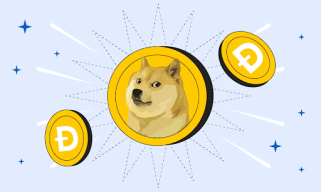 crypto.ro English
crypto.ro English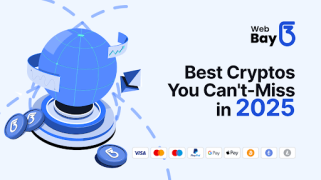 Crypto News Land
Crypto News Land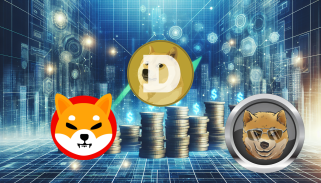 ETHNews
ETHNews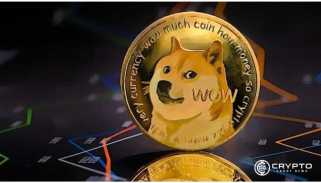 CFN
CFN U_Today
U_Today






















